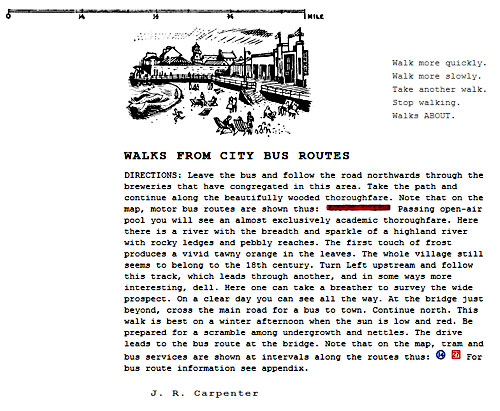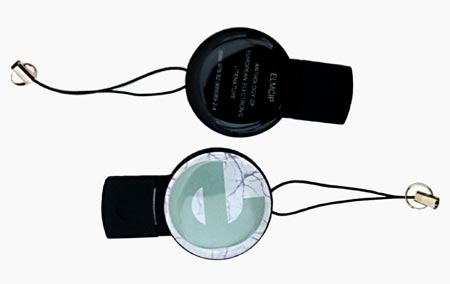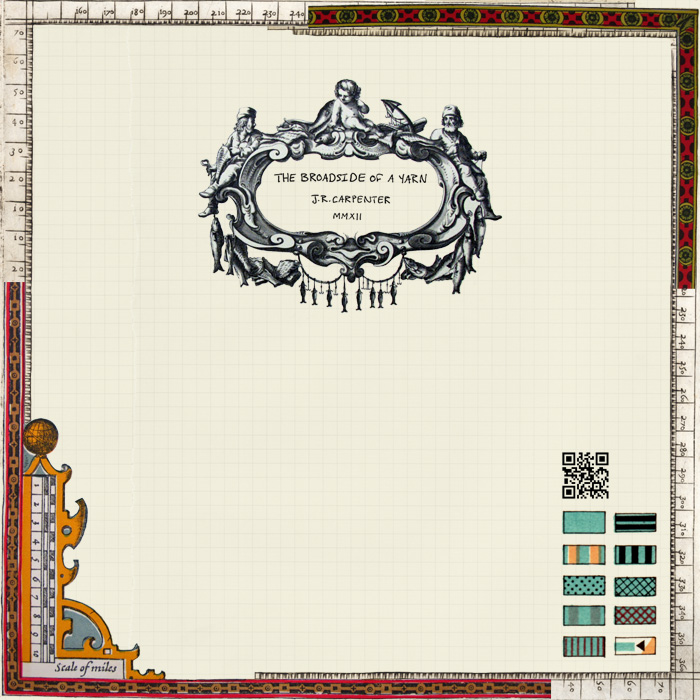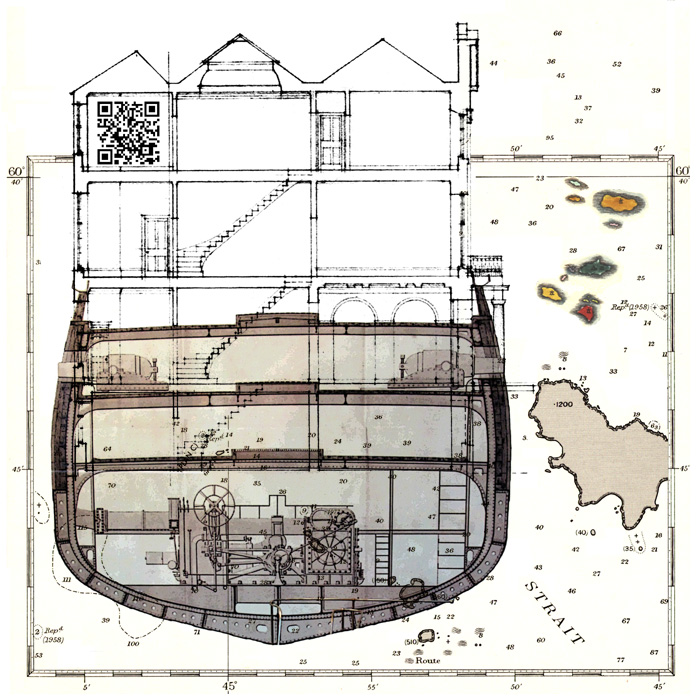Whisper Wire is a new poetry generator by J.R. Carpenter, a text transmitter, a code medium sending and receiving a steady stream of strange sounds, disembodied voices, ghost whispers, distant wails and other intercepted attempts to communicate over vast distances through copper wires, telegraph cables, transistor radios and other haunted media.
From the outset, telegraphy has been associated with otherworldly presences. If intelligence and consciousness could be transmitted independent of the body, surely the dead could speak to the living though electromagnetic means. This perception persisted nearly a century, even as telegraph and telephone networks girdled the globe with cables, signals, switches and stations.
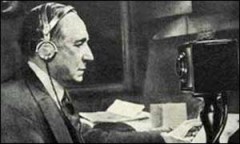
December 14, 1901, three short sharp clicks skipped this grid. The Morse letter S travelled from Poldu, Cornwall — not troubled at at by the curvature of the Earth or the salt wet and wind of the Atlantic — to Saint-John’s, Newfoundland, where it was received by a telephonic headset held to the highly sensitive receiver of Guglielmo Marconi’s waiting ear.
Was the Morse letter S appended to Saint-John’s that day? Hoax rumours abound. Some suggest that what Marconi heard was actually a harmonic — a connection, yes, but not a transmission. Distance distorts. Distance distends. We hear what we need to. Wireless technology revealed a vast, unfathomable ocean of silence and static. Deep listening into that void can return uncanny results. Whisper Wire generates an unheimlich poem of un-homed messages, a spectrum of strange and unexplainable sounds, hunting the either for a listener, a receiver, a media to haunt.
The source code of Whisper Wire is itself possessed. Whisper Wire is a remix of Nick Montfort’s Taroko Gorge. Excerpts and source code of another of J.R. Carpenter’s remixes of Taroko Gorge, titled simply GORGE, appear in her new hybrid code narrative book GENERATION[S], published by TRAUMAWIEN.
Whisper Wire will be performed in Edinburgh on Halloween night at Inspace… no one can hear you scream, an evening of language in digital performance presented by the third International Conference on Interactive Digital Storytelling and New Media Scotland.
Whisper Wire will become a live wire during this 20 minute hybrid performance. Performance writers J.R. Carpenter and Jerome Fletcher will mix generated text, javascript, found sounds and live readings from the works of decadent authors, Medlar Lucan & Durian Gray and others.
“As we stand on the clifftop at Poldhu, watching the wind which roars in off the Atlantic whipping spindrift off the tops of the waves, we are filled with an overwhelming sense of horror. Between here and New York nothing but grotesque tonnages of uncooked haddock swim. Nowhere is Nature present in such profusion, and we have chosen to expose ourselves to it for the next three days!
At this spot a century ago, Guglielmo Marconi set up a circle of masts by which he would transmit the first radio signals beyond the curve of the earth. We too are here to communicate. Not with the Living, however, but with the Dead.”
Medlar Lucan & Durian Gray with Paul Renner, The Hell Fire Touring Club, Oxford: Pharsalia, 2004, page 21.
48 hours | Inspace… no one can hear you scream.
Sunday 31st October 2010, 7.30 for 8pm.
Inspace, 1 Crichton Street, Edinburgh EH8 9AB

